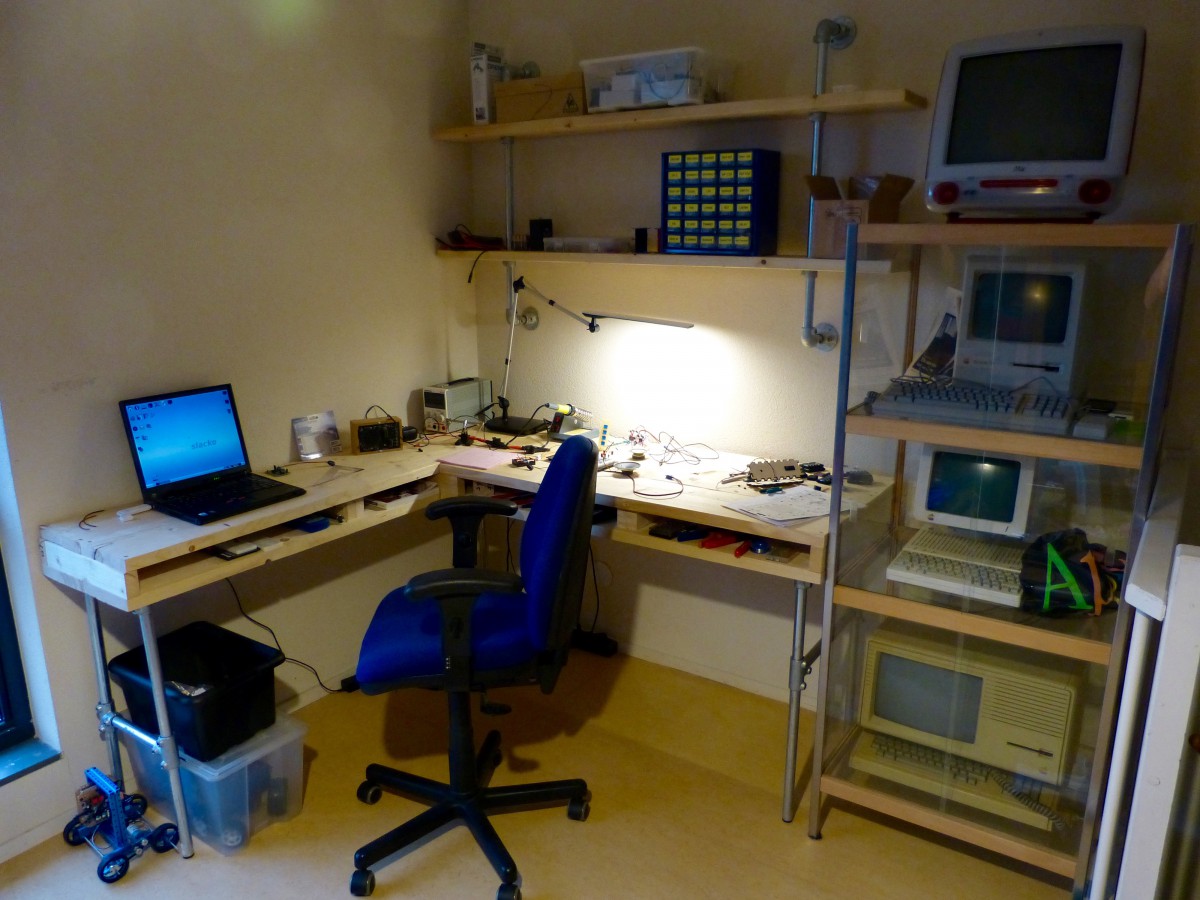I made a L-shape desk of scaffolding wood and galvanised pipes.


I made a L-shape desk of scaffolding wood and galvanised pipes.
Building the streaming media box consists of a hardware and a software part. Building the hardware is relatively easy. With these modern PC components you can’t do much wrong. First I inserted the 4Gb DDR3 memory into the motherboard. In my earlier post on this topic I mentioned that I already had a MSI mini-ITX […]